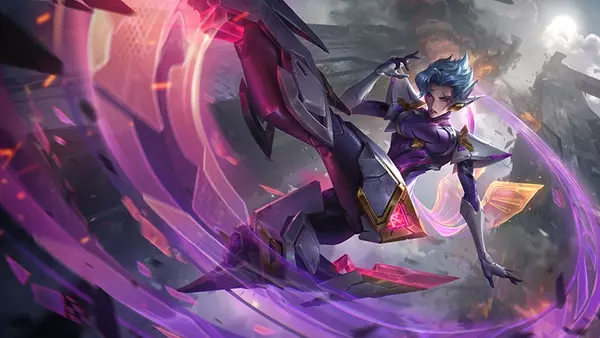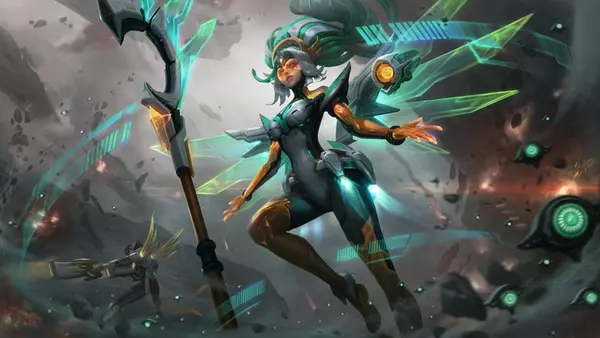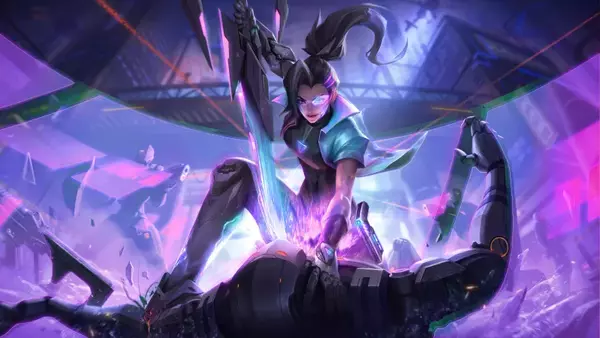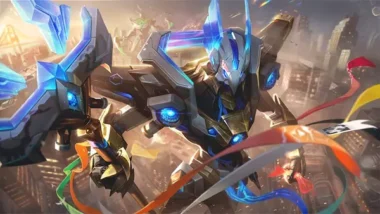Introduction
League of Legends (LoL) has become one of the most popular multiplayer online battle arena (MOBA) games, attracting millions of players worldwide. A significant factor contributing to its success is the game’s vast roster of champions, each with unique abilities and roles. However, the increasing diversity of champions raises questions about balance, gameplay dynamics, and player engagement. This article delves deeply into how character diversity in League of Legends affects gameplay, examining its impact on strategy, balance, and the overall player experience.

Champion Diversity: A Double-Edged Sword
Diversity in champion design has been a hallmark of League of Legends. With over 160 champions, each with distinct abilities and playstyles, players can choose characters that suit their preferences. This diversity enriches gameplay but also poses challenges.
H3: Unique Abilities and Playstyles
Each champion has a unique set of abilities that cater to different playstyles, including assassins, tanks, mages, and supports. For example, champions like Zed excel at burst damage and mobility, while others like Malphite serve as durable front-liners. This variety allows players to explore different strategies and roles within a single match.
H4: Strategic Depth and Team Composition
The diversity of champions encourages players to develop strategic depth. Team composition becomes crucial, as teams must balance damage dealers, tanks, and support roles to succeed. This strategic element adds layers to gameplay, as players must adapt their tactics based on their team composition and the opposing champions. However, it can also lead to imbalanced matchups if one team has a clear advantage in terms of synergy.
The Challenge of Balance in a Diverse Roster
One of the most significant challenges posed by character diversity in League of Legends is maintaining game balance. With so many champions, ensuring that no single character dominates the meta is a constant struggle for developers.
H3: The Meta and Champion Viability
The meta—the most effective strategies available—shifts regularly as patches are released and champions are buffed or nerfed. Certain champions can dominate the meta for extended periods, leading to a lack of variety in high-level play. For instance, champions like Akali or Sett have periodically become staples in the competitive scene due to their strong abilities and versatility.
H4: Balancing Buffs and Nerfs
Developers at Riot Games must carefully consider the implications of buffs and nerfs. Over-buffing a champion can lead to a toxic environment where players feel compelled to play specific characters to win. Conversely, nerfing too harshly can render a champion unplayable, frustrating players who have invested time in mastering that character.
Player Engagement and Champion Diversity
Character diversity also significantly impacts player engagement and retention. The ability to choose from a wide range of champions can enhance the overall gaming experience, but it can also lead to fatigue or frustration.
H3: New Player Experience
For new players, the vast array of champions can be overwhelming. The learning curve in League of Legends is steep, and players may struggle to find champions that fit their playstyle or learn the intricacies of each character. If new players feel lost or unable to compete, they may be discouraged from continuing to play.
H4: Veteran Player Fatigue
On the flip side, veteran players often seek to master multiple champions, leading to engagement through diversity. However, frequent changes to champion balance can create fatigue, as players must continually adapt to shifting metas and character viability. This can lead to frustration for those who prefer specific champions or playstyles.

The Role of Champion Reworks in Maintaining Diversity
To keep the game fresh and balanced, Riot Games frequently reworks older champions. These reworks aim to update gameplay mechanics, improve visual design, and ensure the champion fits within the current meta.
H3: Reworking for Modern Gameplay
Champions like Taric and Akali have undergone significant reworks to align their abilities with contemporary gameplay expectations. These changes can rejuvenate a champion, making them viable and fun to play while also attracting attention from both new and veteran players.
H4: Community Reactions to Reworks
However, reworks can also lead to community backlash. Players who have invested time mastering a champion may feel frustrated if their favorite character undergoes significant changes. This response highlights the fine line developers must walk when reworking champions to maintain player satisfaction while promoting diversity.
Champion Diversity and Competitive Play
In competitive play, champion diversity becomes even more pronounced. Teams often strategize around champion selections, leading to intricate gameplay dynamics that can vary significantly from one match to another.
H3: Drafting Phase in Professional Matches
During the drafting phase of professional matches, teams must carefully select champions to counter their opponents while also considering their own team composition. This phase adds an extra layer of strategy, as teams must be aware of both the current meta and the unique abilities of each champion.
H4: Adaptability and Flexibility
Successful teams often showcase their adaptability by employing diverse champion pools. Teams that can flexibly switch between champions and strategies tend to perform better, emphasizing the importance of champion diversity in competitive success.
The Future of Champion Diversity in League of Legends
As League of Legends continues to evolve, the developers face ongoing challenges in managing champion diversity and balance.
H3: Expanding the Roster
To maintain player engagement, Riot Games must continually introduce new champions while ensuring they fit seamlessly into the existing roster. Each new character should bring unique abilities and playstyles without disrupting the balance of the game.
H4: Addressing Community Feedback
Listening to community feedback will be crucial for maintaining a healthy balance of diversity. Engaging with players about their experiences with champion balance and gameplay dynamics can guide developers in making informed decisions about future updates and reworks.

Conclusion
Character diversity in League of Legends plays a critical role in shaping gameplay dynamics, player engagement, and the overall experience. While the vast array of champions enriches the game, it also poses significant challenges in terms of balance and player satisfaction. By focusing on thoughtful champion design, reworks, and community feedback, Riot Games can continue to foster a diverse and engaging environment that caters to both new and veteran players.


